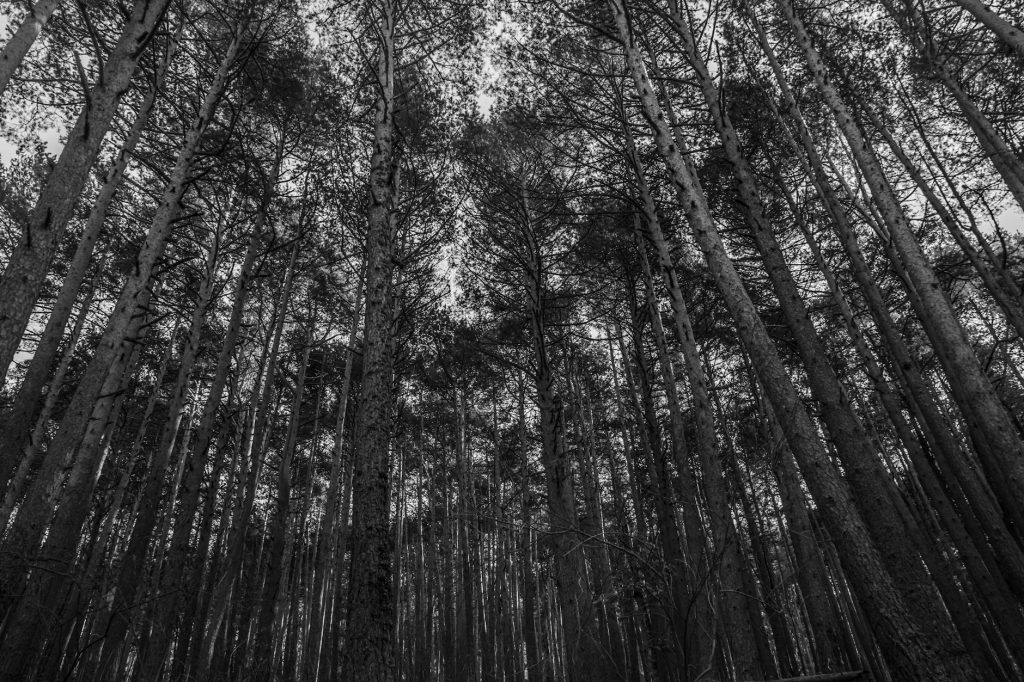The wind howls a mournful dirge across the fjords, mirroring the icy, desolate heart of Norwegian black metal. More than just a musical genre, it’s a visceral reaction to the land itself – a bleak, beautiful tapestry woven from nature’s stark canvas and the nihilistic threads of human experience. This isn’t about headbanging; it’s about confronting the raw power of the natural world and the existential questions it throws at us.
Frozen Echoes: Nature’s Influence on the Sound
The raw, untamed soundscapes of early Norwegian black metal aren’t accidental. The harsh, unforgiving environment of Norway, with its sprawling forests, jagged mountains, and icy fjords, became a physical manifestation of the music’s inner darkness. Think of bands like Darkthrone, Mayhem, and Burzum – their music often evoked the desolate beauty of the Norwegian landscape, mirroring its cold isolation and primal energy. This wasn’t mere artistic imitation; it was a deep, visceral connection to their surroundings. The very air, the very light, seemed to bleed into the music.
The tremolo-picked guitars, for instance, evoke the wind whistling through desolate valleys. The blast beats often mimic the relentless, pounding rhythm of the sea against the rocks. It’s a sonic translation of a geographical and cultural context; listen closely and you can practically smell the pine needles and feel the biting chill of the air.
Pagan Undercurrents: Mythology and Rebellion
Beyond the physical landscape, Norwegian black metal also drew heavily from pagan mythology and Norse folklore. Bands explored themes of ancient gods, mythical creatures, and pre-Christian beliefs, often intertwined with nihilistic and anti-Christian sentiments. This wasn’t simply a rebellion against religion; it was a reclaiming of a pre-Christian heritage, a connection to a more primal and untamed past. Think of the use of runes, symbols, and lyrical content – these weren’t just aesthetic choices; they were powerful statements of identity, a cultural reclamation project.
This connection to paganism, however, wasn’t without its complexities. The appropriation of ancient symbols and beliefs brought its own set of ethical considerations. Some artists used these symbols authentically, seeking to reconnect with ancestral roots, while others were more opportunistic, using the imagery to fuel their rebellious image. The context and intent behind these artistic choices are crucial for understanding the genre’s diverse and often-contradictory expressions. The relationship between religious expression and artistic rebellion remains a complex one.
The Dark Heart of the Woods: Nihilism and Existentialism
Lurking beneath the surface of the pagan imagery and natural beauty is a profound sense of nihilism and existential dread. The Norwegian woods, with their dark forests and hidden depths, became a symbolic representation of the human condition – a place where despair, loneliness, and the crushing weight of existence could be explored without restraint. The music became a sonic exploration of these feelings, translating them into a raw, visceral form.
This isn’t just some gloomy teenage angst; it’s a profound engagement with existential questions about meaning, purpose, and the absurdity of human existence. It’s the kind of darkness that chills you to the bone, not because it’s scary, but because it taps into something deeply primal and resonant within us all. Consider how many black metal bands engage with the themes of darkness, depression, and death—it’s a candid exploration of the human experience, unvarnished and unfiltered.
Beyond the Stereotypes: A Legacy of Artistic Innovation
Norwegian black metal’s impact extends far beyond its extreme aesthetic and controversial history. Its influence can be heard in countless subgenres, inspiring waves of innovation in the metal scene and beyond. The genre’s embrace of experimental soundscapes, harsh yet melodic composition techniques, and evocative lyrical themes shows its significance in musical history. It’s a testament to the power of art to transcend the confines of its own subculture and create a lasting legacy of artistic influence.
For those who think black metal is just screaming and fast guitars, this is a chance to re-evaluate. It’s a sophisticated exploration of both the human and natural worlds. It’s raw, primal, and profoundly moving. It’s art that speaks to the depths of human emotion, using the stark, beautiful landscape of Norway as its muse. And speaking of landscapes, sometimes you need a proper mug to reflect your appreciation of both the beautiful and the brutal, much like the art itself. A trve kvlt might just do the trick!
It’s important to remember that this exploration of black metal and the Norwegian environment is not without critical nuance. The genre has a complex history, including acts of vandalism and arson associated with some of its early figures. While the music itself is an undeniable force, it’s crucial to approach its historical context and associated actions with critical understanding. This exploration is about understanding the power of nature’s influence on art and the complex relationship between artistic expression and the communities that embrace it.
The legacy of Norwegian black metal is multifaceted and often uncomfortable. The genre’s impact on popular music is undeniable, however. Whether you’re a lifelong fan or a curious newcomer, understanding this artistic expression’s connection to nature and its cultural context is key to appreciating its significance.
Further research into this fascinating intersection of music and environment can be found in articles like this one on the psychology of environmental perception and scholarly work analyzing the genre’s cultural context, such as this book on the evolution of black metal.


